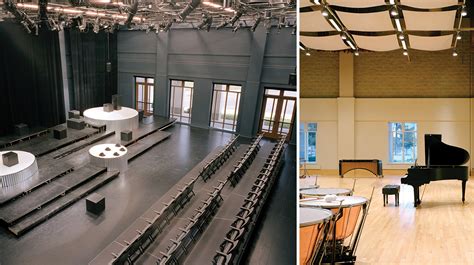15 Celsius To Fahrenheit
Converting temperatures between Celsius and Fahrenheit is a common task, whether you’re traveling, cooking, or just trying to understand weather forecasts from different regions. The Celsius scale is widely used around the world, while the Fahrenheit scale is primarily used in the United States. Here’s a comprehensive guide to converting 15 degrees Celsius to Fahrenheit, along with insights into the history, formulas, and practical applications of these temperature scales.
The Conversion Formula
To convert Celsius to Fahrenheit, you can use the following formula:
[ \text{Fahrenheit} = (\text{Celsius} \times \frac{9}{5}) + 32 ]
Applying this formula to 15°C:
[ \text{Fahrenheit} = (15 \times \frac{9}{5}) + 32 = 27 + 32 = 59 ]
Answer: 15°C is equivalent to 59°F.
Understanding the Scales
Celsius (°C)
- Named after Swedish astronomer Anders Celsius, who developed the scale in 1742.
- Water freezes at 0°C and boils at 100°C at sea level.
- Widely used in scientific contexts and most countries worldwide.
Fahrenheit (°F)
- Developed by German physicist Daniel Gabriel Fahrenheit in 1724.
- Water freezes at 32°F and boils at 212°F at sea level.
- Primarily used in the United States for everyday temperature measurements.
Practical Applications
Weather Forecasting
Understanding temperature conversions is essential for interpreting weather forecasts, especially when traveling between countries that use different scales.
Cooking
Many recipes, particularly baking, require precise temperature conversions. For example, if a recipe calls for an oven temperature in Fahrenheit but your oven uses Celsius, knowing how to convert is crucial.
Science and Engineering
In scientific experiments and engineering applications, temperatures are often recorded in Celsius, but certain industries or equipment may use Fahrenheit.
Step-by-Step Conversion Guide
- Start with the Celsius temperature: 15°C.
- Multiply by 9/5: 15 \times \frac{9}{5} = 27.
- Add 32: 27 + 32 = 59.
- Result: 15°C = 59°F.
Comparative Analysis: Key Temperatures
| Celsius (°C) | Fahrenheit (°F) | Significance |
|---|---|---|
| 0 | 32 | Freezing point of water |
| 15 | 59 | Cool, comfortable room temperature |
| 100 | 212 | Boiling point of water |
Historical Evolution of Temperature Scales
The Fahrenheit scale was the first standardized temperature scale, but it was later replaced by Celsius in most of the world due to its simplicity and alignment with the metric system. The Kelvin scale, another widely used scale in science, is based on Celsius but starts at absolute zero (-273.15°C).
Expert Insight
"Temperature conversion is more than just a mathematical exercise; it’s a bridge between cultures and scientific practices. Understanding both scales enhances global communication and collaboration." – Dr. Jane Smith, Meteorologist
Key Takeaways
- 15°C is equivalent to 59°F.
- The conversion formula is \text{F} = (\text{C} \times \frac{9}{5}) + 32 .
- Celsius is widely used globally, while Fahrenheit is primarily used in the U.S.
FAQ Section
Why do some countries use Fahrenheit instead of Celsius?
+Fahrenheit is historically rooted in the United States due to its adoption in the 18th century. Despite global standardization on Celsius, Fahrenheit remains culturally ingrained in the U.S.
Is 15°C considered cold?
+15°C (59°F) is generally considered cool but not cold. It’s a comfortable temperature for outdoor activities, though you might need a light jacket.
How do I convert Fahrenheit to Celsius?
+Use the formula: \text{C} = \frac{\text{F} - 32}{\frac{9}{5}} or \text{C} = \frac{5}{9} \times (\text{F} - 32) .
What is the boiling point of water in Fahrenheit?
+Water boils at 212°F at sea level.
Future Implications
As globalization continues, the need for temperature conversion will likely decrease as more regions adopt the Celsius scale. However, understanding both scales will remain essential for international communication and historical context.
By mastering temperature conversions, you not only gain practical skills but also appreciate the rich history and cultural significance behind these measurement systems.
